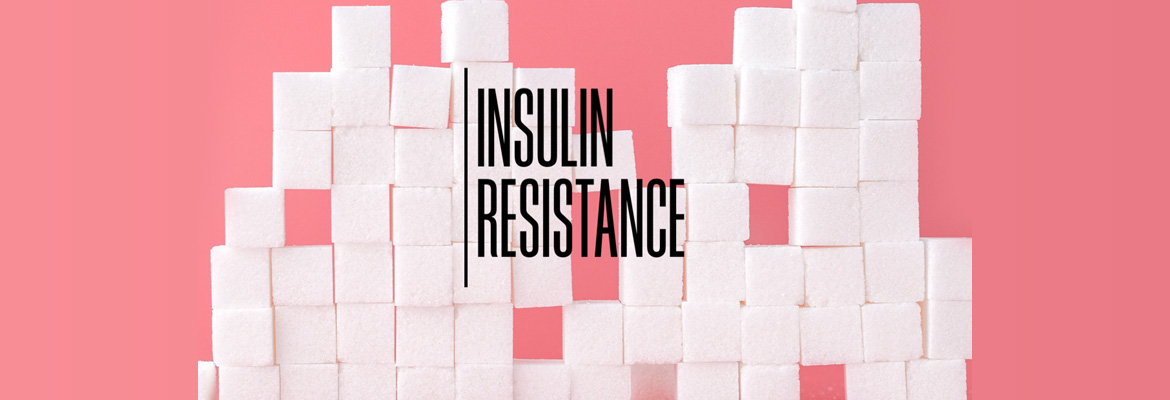Insulin resistance diet and tips
I see many women in my practice as a Nutritionist using a Macrobiotic approach with insulin resistance. Insulin is a hormone secreted by the pancreas to cope with the body’s response to sugar. It actually protects your body from getting too much sugar (glucose); the prime fuel which gives you energy. And insulin resistance is a precursor to getting diabetes. Insulin takes sugar out of your blood and send it to your cells to be used as energy. For example, when you eat a meal with carbohydrates (sugars, these could be good carbohydrates like a brown rice or a millet; or bad carbohydrates like white bread), the body copes with this sugar by absorbing it for the cells, or there is a surge in sugars which the body cannot absorb and more insulin is pushed out than normal. Your insulin receptors on every cell and opens up the doors of the cell to let the sugar get in. The normal functioning of this system, keep your sugars normal. Sometimes this normal functioning stops because of excess insulin and the cells get resistant to insulin, this is when insulin resistance happens. Many factors can cause insulin resistance, what are these?
Factors that cause insulin resistance
Many factors could lead to insulin resistance, the foundation of what causes it lies in how you eat and your lifestyle. However, you will pre-disposed to insulin resistance if your diet or you have the following factors.
- Eat too many refined carbohydrates and sugary foods
- Are overweight
- Have excessive belly fat (visceral fat)
- Suffer with PCOS (Polycystic Ovary Syndrome)
- Post-pregnancy some women get gestational diabetes
- If you suffer with a fatty liver (also called Non-alcoholic fatty liver Disease – NAFLD)
- A genetic predisposition to diabetes
- A lifestyle that is devoid of exercise or movement
- Sleep deprivation
- Smoking and excessive alcohol consumption
- Some side effects of medication (steroids)
- Hormonal imbalance
- Menopause
- Fad diets
- Skipping meals
- Long gaps between meals
- Late night snacking
Diagnosis of insulin sensitivity
You may not have insulin resistance show up on your blood test. Sometimes women suffer with borderline symptoms, but it does not show up. Usually, women with this issue suffer with the following which are dead giveaways.
- You may have the afternoon munchies
- Intense cravings
- Poor gut health
- Halitosis (Bad breath)
- Suffer with candida
- Have high cholesterol levels (HDL levels under 40 mg/dL)
- Difficulty in losing weight
- A waistline of 40 inches
- Blood pressure readings that are haywire
- A fasting glucose of 100mg/dL
What can you do for insulin resistance?
The way out of insulin resistance and yes, there is a way out is to follow a strong diet and manage your lifestyle.
- Stay off sugars, sugary foods, refined carbohydrates; colas, sodas, soft drinks; hidden sugars in packaged foods, processed foods. This will keep you away from sugar spikes.
- Complex carbohydrates are a good source of sugars and fibre, and also promotes smooth functioning of the digestive tract; ensuring proper waste elimination. Here, I cannot emphasize the necessity of whole grains from a brown/red rice to any good millet that really aids with the amounts of antioxidants and anti-aging benefits (brown rice alone has 70 anti-aging antioxidants). If someone is insulin resistant, it helps to keep these at a modicum in the diet. So minimize what you may have in the day, 20% of daily volume consumption works well.
- Good quality protein helps you stay satiated, keep blood sugars stable. Protein also maintains our muscles; your intestinal lining has muscle fibres; this means lean protein if you eat fish and meats and plant-based protein if you are a vegetarian/vegan. Excess protein (animal protein) is not good for you, so balance it with vegetables and greens. We don’t want those pathways getting blocked we must maintain the quality of blood being clean and not toxic.
- Vegetables, which not only have good quality fibre; especially coloured vegetables that have plenty of beta carotene that converts to Vitamin A to repair skin (of the gut lining). Plus, leafy greens and green vegetables (also in the form of barley grass or wheat grass), these mimic the blood structure and are necessary for cleansing the blood and the much needed chlorophyll they provide.
- Fermented foods, serve a crucial part of any diet plan supplying good amounts of probiotics to nourish our guts. Foods like sauerkraut, quick pickles, non-dairy kefir, kimchi are highly recommended.
- Nuts and seeds bring in the trace minerals, good fats and oils that are needed.
- Fruits again provide a plethora of vitamins and antioxidants to help gut repair.
- Just the right amount of water or liquids as too much will loosen and expand our tissues, a lot of water comes from the foods you eat. An excess of liquids puts a pressure on the kidneys, bladder and sweat glands as well; making us tired over time. We need just enough, one way of measuring this is to ask ourselves: are we really thirsty?
- Adding sea vegetables like spirulina helps in detoxification, vitamins, protein, minerals and antioxidants.
- Workout and exercise regularly, and keep your lifestyle in-check by establishing a regular eating habits, sleep habits and positive thoughts.

